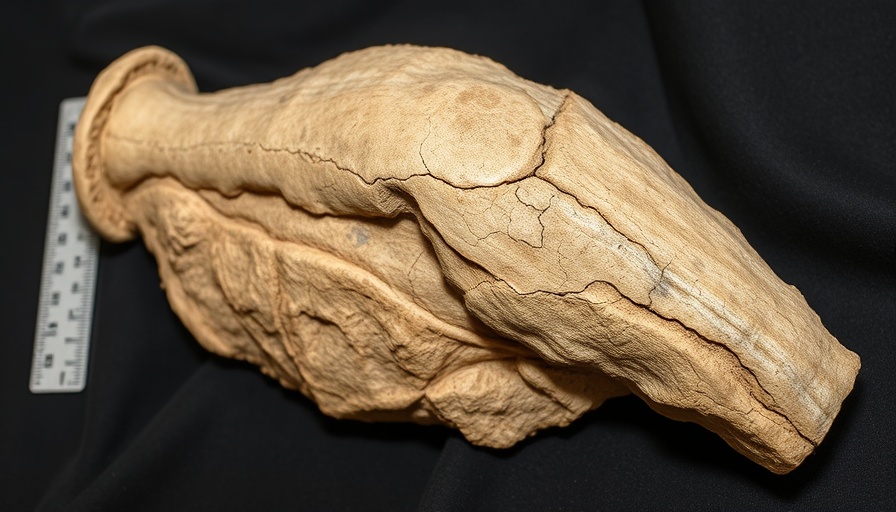
Ancient Discoveries: Uncovering Utah's Prehistoric Past
In a remarkable find in Utah, paleontologists have discovered a prehistoric camel fossil that dates back to a time long before researchers anticipated. Initially thought to belong to a much younger era, further analysis revealed that this fossil, estimated to be around 30 million years old, pushes the boundaries of our understanding of ancient wildlife in the region.
Significance of the Discovery
This camel was not the hulking beast many might envision. Instead, it was a smaller creature, suited to the subtropical climate of the time, adapting to its environment much like modern-day camels do. Such discoveries not only deepen our knowledge of prehistoric life but also highlight the changing climates and landscapes Utah has experienced over millions of years.
Local Impact and Community Interest
For local communities, the find is a source of pride and curiosity. Residents are eager to learn more about their ancient neighbors, as the excitement around the fossil encourages educational initiatives and engagement with local geology. Learning about such historical treasures fosters a deeper connection to the land and its history.
Looking Ahead: Future Research Opportunities
The discovery also opens up new avenues for research. Scientists are now motivated to unearth more fossils from this period, potentially leading to further understanding of camel evolution and migration patterns. This opportunity could spark increased interest in fossil hunting among local schools and communities, nurturing a new generation of paleontologists.
As the narrative of Utah’s prehistoric environment unfolds, the local community stands at the forefront, ready to embrace and celebrate the stories of old.
 Add Row
Add Row  Add
Add 




Write A Comment